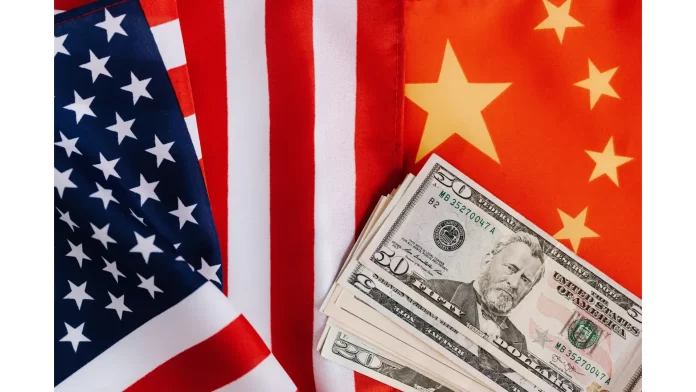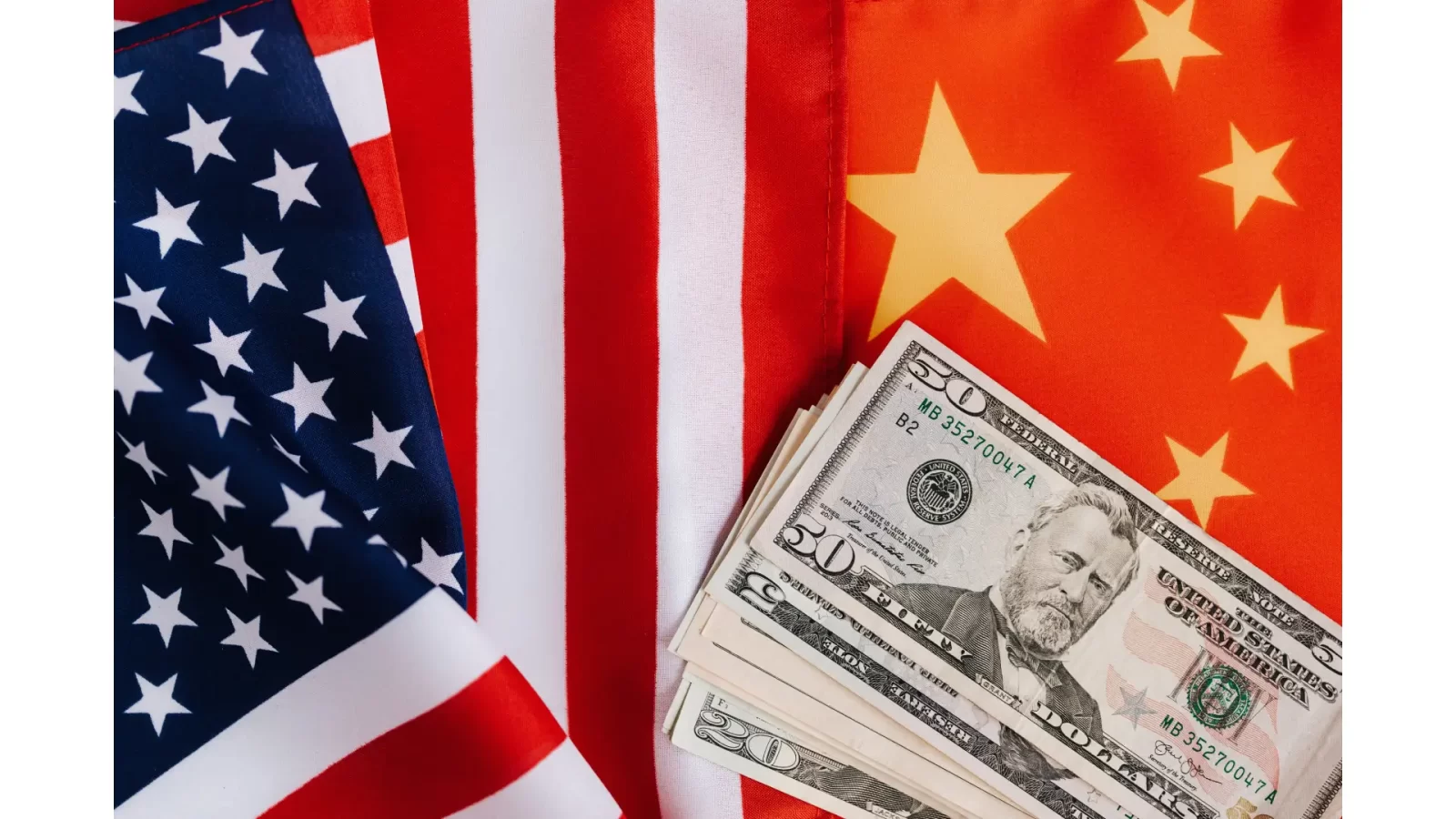
How America is Responsible for China’s Rise: Unveiling the Intricate Relationship
Understanding How America’s Actions Contributed to China’s Ascension
Discover how America’s historical actions and international relations influenced China’s rise on the global stage. This article provides insights into the complex dynamics that have shaped the modern landscape of international politics and economics.
The trajectory of China’s meteoric rise on the global stage has left many pondering the factors behind its success. Contrary to mere coincidences, the intricate relationship between China and the United States plays a pivotal role in shaping China’s ascension. This article delves into how America’s actions and decisions have significantly contributed to China’s emergence as an economic and geopolitical powerhouse.
US Boosts China Rise: How America’s Trade Policies Catalyzed China’s Economic Growth
In the early stages of China’s transformation, America’s trade policies opened the floodgates for China’s economic growth. The decision to establish diplomatic relations in the 1970s marked a turning point, leading to increased trade and investments between the two nations. As a result, China gained access to American markets and technology, fueling its economic expansion.

America Shapes China: The Role of Outsourcing in China’s Industrialization
Outsourcing became a buzzword in the business world, and America played a substantial role in this trend. Seeking cost-effective labor, American companies turned to China as a manufacturing hub. This shift not only bolstered China’s manufacturing sector but also facilitated technology transfer, contributing to China’s technological advancements.
China’s Growth: US Impact, Cultural Exchange and Academic Collaborations
America’s cultural exchange programs and academic collaborations introduced Chinese students and scholars to cutting-edge research and education. Many of these individuals returned to China armed with valuable knowledge, which contributed to the country’s academic and technological growth.
US Sparked China’s Rise: The Power Play of Intellectual Property Rights
The issue of intellectual property rights emerged as a critical point of contention between the two nations. Allegations of China’s infringement on American companies’ intellectual property led to tensions, yet these disputes also pushed China to develop its own innovations and technologies, diminishing its reliance on foreign know-how.
China’s Ascent: US Contribution, The Financial Foundations: China’s Holdings of U.S. Debt
China’s substantial holdings of U.S. debt instruments have created a unique interdependence. As China invested in U.S. Treasury bonds, it effectively supported America’s economy while also securing its own financial interests. This intricate balance influenced global financial stability.
Geopolitical Maneuvering: China’s Rise as a Counterbalance
America’s international policies inadvertently played a role in China’s rise as a counterbalance. The U.S. focus on other global regions allowed China to expand its influence in Asia and beyond, thus establishing itself as a significant player in international affairs.
China’s Rise: US Influence, The Technology Transfer Conundrum
Collaboration between American and Chinese tech companies spurred innovation, but it also raised concerns over technology transfer. While America shared technological knowledge, China leveraged this information to develop its tech industry, leading to a formidable competitive edge.
US Drives China’s Success: Environmental Impact and Industrial Growth
The growth of China’s economy came with its own set of environmental challenges. As American companies outsourced manufacturing to China, the environmental burden increased. This led to discussions about sustainable development and global environmental cooperation.
Strategic Competition and Technological Rivalry
The race for technological dominance between the U.S. and China intensified over the years. While the competition spurred advancements, it also strained diplomatic ties. This rivalry highlighted the complex nature of the China-America relationship.
FAQs
Q: Did America’s policies inadvertently help China’s rise? A: Yes, America’s trade and diplomatic decisions played a role in China’s economic and geopolitical ascent.
Q: How did intellectual property disputes impact China?
A: Intellectual property disputes pushed China to develop its own innovations and technologies, reducing reliance on foreign intellectual property.
Q: What role did cultural exchange play in China’s rise?
A: Cultural exchange programs introduced Chinese individuals to valuable knowledge and research, contributing to academic and technological growth.
Q: How did China’s holdings of U.S. debt influence its rise?
A: China’s investments in U.S. Treasury bonds created financial interdependence, impacting both nations’ economies.
Q: Was there a strategic competition between the U.S. and China?
A: Yes, the U.S.-China rivalry over technological dominance highlighted the complexities of their relationship.
Q: What impact did outsourcing have on China’s industrialization?
A: Outsourcing contributed to China’s manufacturing growth and technological advancements.
Conclusion
The multifaceted relationship between the United States and China has played a significant role in shaping the modern global landscape. From trade policies to cultural exchanges, intellectual property disputes to technological rivalries, America’s actions have inadvertently contributed to China’s rise as a global powerhouse. Understanding this intricate interplay provides crucial insights into the complex dynamics that have defined the course of history. As the world watches the ongoing developments between these two giants, the lessons from their intertwined past continue to resonate.


















